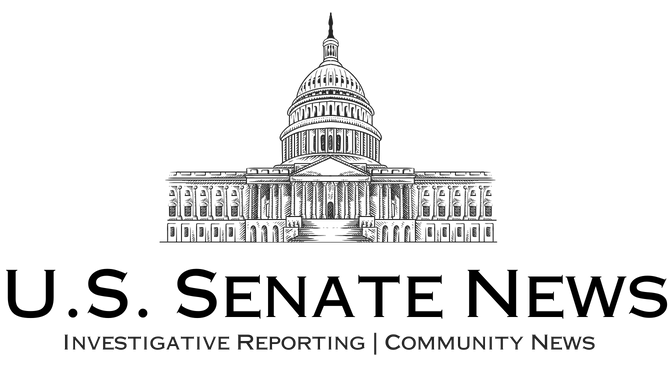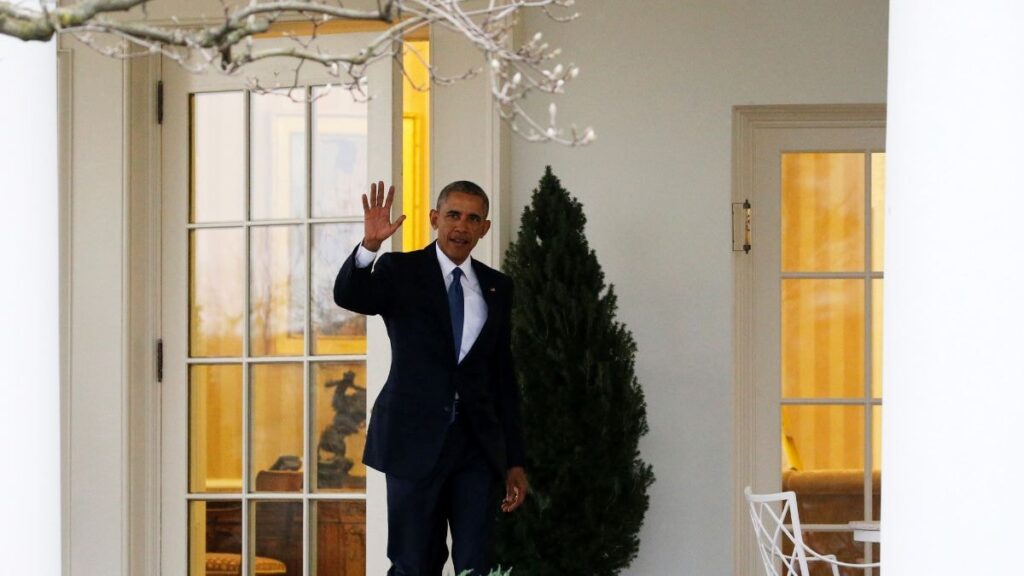When US President Joe Biden announced his decision not to seek re-election after his first term, speculation swirled about who would be the Democratic nominee to replace him.
Among those mentioned in the political debate is former US President Barack Obama, whose second term remains a high point for many Democratic voters.
But is it possible that Obama, who remains highly popular, will actually run for president again? The answer is simple. No, he can’t. Like other two-term presidents, he is barred from running for reelection by the 22nd Amendment to the U.S. Constitution.
Interestingly, despite this restriction, the topic of former US presidents like Obama re-emerging in the political arena never completely disappeared. Along with Obama, names like Donald Trump, who has already served one term and is running again, are raising eyebrows.
“We’re going to win four more years,” Trump said at a rally in August 2020, when he was seeking re-election. And then it would go on for another four years because they spied on my campaign. I need to do it again for 4 years. ”
President Trump referred to allegations of Russian interference in the 2016 US presidential election, which is currently under investigation by the FBI.
This situation focuses on the rules determining presidential qualifications, which derive from a long history shaped by both tradition and law.
To fully understand this aspect, let us take a closer look at the 22nd Amendment and the context in which it came into being.
All about the 22nd Amendment and President Roosevelt
The 22nd Amendment to the Constitution, ratified on February 27, 1951, officially established a two-term term for the President of the United States. This was largely a reaction to Franklin D. Roosevelt’s unprecedented four-term presidency during the most turbulent period in American history: the Great Depression and World War II.
Roosevelt’s leadership through these crises won the public’s support, with approval ratings ranging between 50% and 60%, but there were concerns about the possibility of unchecked executive power due to the extension of the presidential term. Concerns also arose.
Portrait of U.S. President William Henry Harrison, who served as president in 1841. File image/Reuters via Library of Congress
Historically, there was no limit to the number of times a president could be reelected. George Washington chose not to seek a third term in 1796, setting a precedent by creating an unofficial tradition of no more than two terms for presidents.
His decision helped establish the idea that two terms are enough for any president. This unwritten rule remained in place until Roosevelt broke it by winning a third term in 1940 and a fourth term in 1944.
Follow our complete coverage of the 2024 US presidential election
President Roosevelt’s term came to an abrupt end in April 1945, when he died just months into his fourth term, sparking a national debate about the concentration of power in one individual.
Immediately after his death, Republicans in Congress pushed for a constitutional amendment to prevent future presidents from serving more than two terms.
Thus was born the 22nd Amendment to the Constitution, which limited presidential terms to two elected terms, or up to 10 years if elected to office through succession.
Key provisions of the 22nd Amendment
The 22nd Amendment states:
“No person shall be elected to the office of President more than twice; and no person shall hold or serve as President for more than two years during which any other person was elected President. , shall not be elected to the office of president more than once.
The 22nd Amendment to the United States Constitution, ratified in 1951. file image/
This means a president can serve two full four-year terms. However, if the vice president or another successor takes over as president and has served his predecessor’s term for more than two years, he will be allowed only one additional term.
Under this provision, no individual may hold a position for a total of more than 10 years.
The amendment also included an exemption for the sitting president at the time of ratification, Harry S. Truman (Roosevelt’s successor in 1945). Truman could have sought another term under the new rules, but chose not to run in 1952.
US Presidents Affected by Constitutional Amendments
The first president directly affected by the 22nd Amendment was Dwight D. Eisenhower, who served two terms from 1953 to 1961. After his second term, Eisenhower was barred from running again, marking the first time the new constitutional restrictions went into effect.
Since then, several other presidents have been similarly affected. For example, Lyndon B. Johnson took over after John F. Kennedy’s assassination in 1963. Because Johnson served less than two years of Kennedy’s term, he was allowed to run for two more full terms.
Johnson won his term in 1964, but chose not to seek a second term in 1968, even though he was eligible.
In graphics | Big numbers in the American presidential election
Richard Nixon, elected in 1968 and re-elected in 1972, would have been affected by the amendment had he completed a second term. However, he resigned in 1974 due to the Watergate scandal.
Nixon’s successor, Gerald Ford, served out the remaining 29 months of Nixon’s term, leaving him with only one full term under the 22nd Amendment. Ford ran for office in 1976, but lost to Jimmy Carter.
More recently, presidents such as Ronald Reagan, Bill Clinton, George W. Bush, and Barack Obama have been limited to two terms by the 22nd Amendment.
Although some voters are excited by the idea of these former presidents returning to the political scene, the law specifically prohibits them from running for a third term.
look for loopholes
Barack Obama is prohibited by the Constitution from running for a third term, but former US President Donald Trump only served one term from 2017 to 2021 and remains eligible to run for re-election. .
The 22nd Amendment’s limitations apply only to presidents who have already served two terms.
U.S. President Barack Obama leaves the Oval Office for the last time as a sitting president at the White House in Washington, U.S., on January 20, 2017. File image/Reuters
Another interesting legal ambiguity arises from the intersection of the 22nd and 12th Amendments. The Twelfth Amendment to the Constitution states that a person who is “unconstitutionally qualified to hold the office of president” may not be elected vice president.
But the 22nd Amendment only restricts a person from being “elected” to the presidency more than once. This has sparked debate over whether a two-term president like Obama can be elected vice president and succeed him as president if the incumbent president resigns, dies, or is removed from office.
Why do we need the 22nd Amendment?
The 22nd Amendment to the Constitution has played an important role in shaping the modern U.S. presidency by ensuring regular changes in leadership and preventing any individual from holding power for too long. I’m here.
Supporters say such term limits are essential to a healthy democracy, ensuring fresh perspectives and preventing leadership from becoming entrenched. But critics have sometimes suggested that the amendment limits voters’ choices by preventing popular leaders from continuing in office.
While the possibility of a former two-term president like Obama returning to politics remains legally closed, the door remains open for a first-term president like Donald Trump to seek another shot at the Oval Office. There is.
See also:
Editor’s note: Firstpost also published a series of in-depth profiles of past U.S. presidents ahead of the 2024 presidential election between Donald Trump and Kamala Harris.



